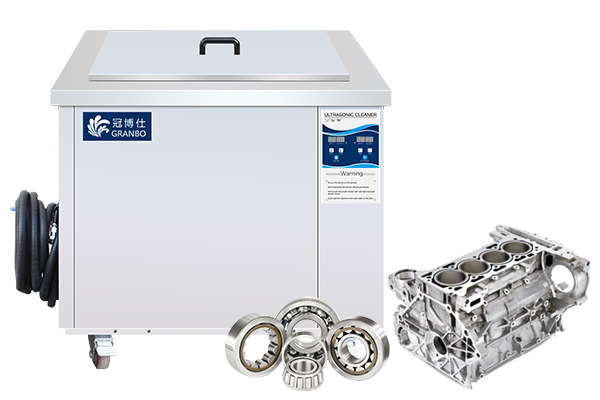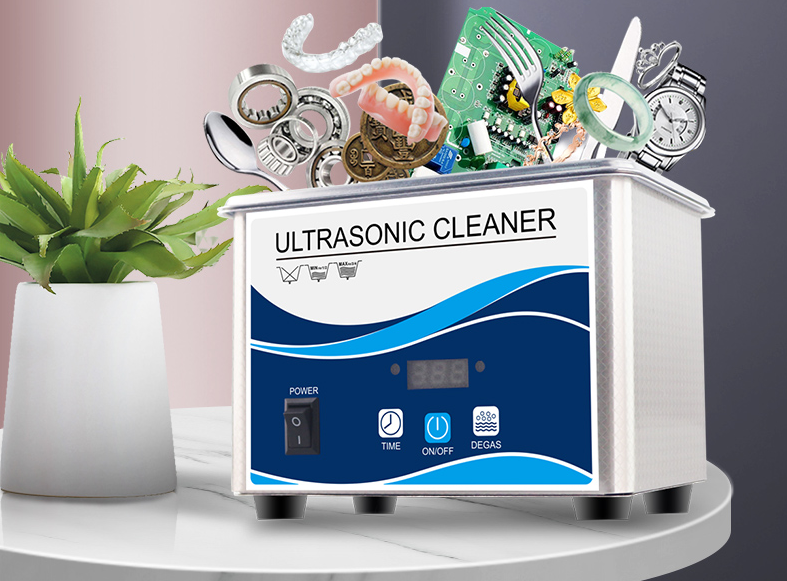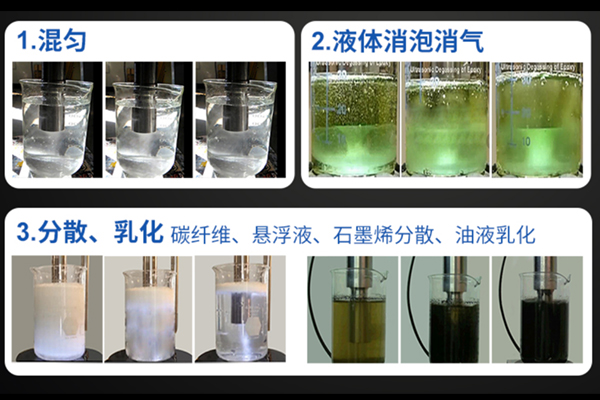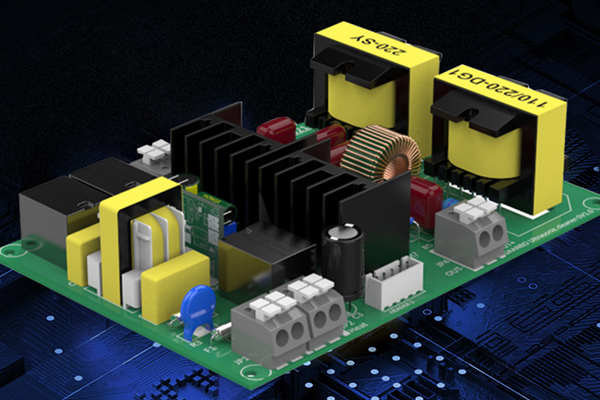Ultrasonic cleaning machines have many advantages in industrial machinery parts cleaning, such as high efficiency, labor saving, part protection, environmental protection, good stability, wide applicability, and high cost-effectiveness. They are the preferred choice for modern industrial cleaning.

So how does an ultrasonic cleaning machine clean mechanical parts? The process is as follows
1. Soaking: Place the metal components to be cleaned into a cleaning tank and soak them in cleaning solution. This process is to allow the cleaning solution to fully penetrate into the gaps on the metal surface, thus preparing for the subsequent cleaning process.
2. Ultrasonic cleaning: Turn on the cleaning machine to generate high-frequency sound waves. During this process, tiny bubbles in the cleaning solution will be subjected to ultrasonic vibration, continuously vibrating and collapsing. When bubbles collapse, the generated shock wave quickly removes dirt, grease, dust, and other pollutants attached to the surface of the parts.
3. Rinse: Remove the cleaned parts from the cleaning tank and rinse with clean water. The purpose of this process is to remove residual cleaning solution and ensure the cleanliness of the parts.
4. Drying: Put the washed parts into a drying oven and dry them by heating them. This process is to allow the surface of the parts to dry thoroughly, while also removing any remaining moisture on the parts.
Additionally, the following precautions should be taken:
Pollutant types
Select cleaning agents based on the type of surface pollutants. Common pollutants include grease, oxides, metal shavings, polishing paste, etc.
Oils and lubricants: Choose alkaline or solvent based cleaning agents containing surfactants.
Oxides and rust: Acidic cleaning agents can effectively remove these pollutants, but material compatibility needs to be noted.
Metal shavings and dust: Neutral or slightly alkaline water-based cleaning agents are usually more effective.
Cleaning temperature
The ultrasonic cleaning effect is optimal within a certain temperature range. Most cleaning agents perform better between 40 ° C and 60 ° C. Choose a cleaning agent that can maintain stable performance at the desired temperature.




